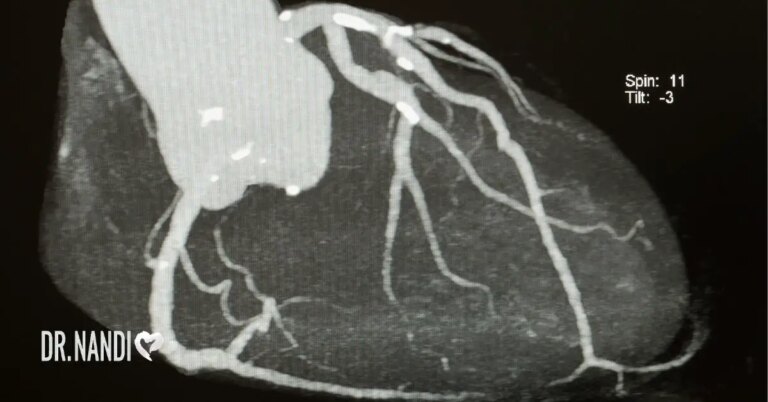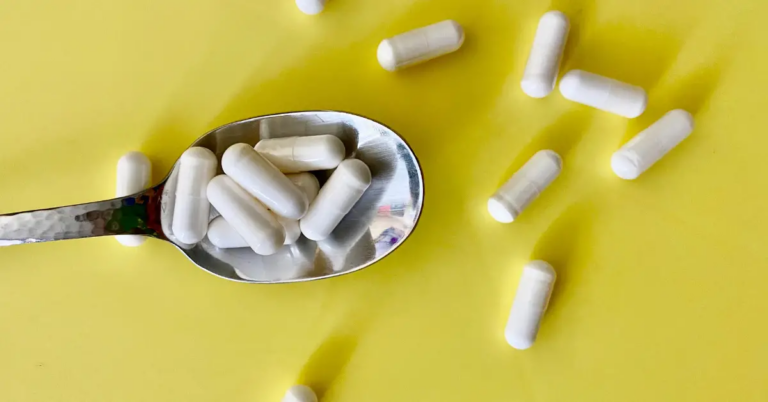When people think “millennial,” they often tend to think of younger adults and teenagers. However, the birth years for the millennial generation are between 1981 and 1996, making millennials between 24 and 39 years old. Now, we’re seeing people in this age range beginning to have very serious problems with alcoholic liver diseases. (1)
Millenials Are Suffering From Alcoholic Liver Diseases
Between 1999 and 2016, the amount of 25 to 34 year olds who died from alcoholic liver conditions increased from 259 annually to 767. That’s a 10% increase year over year. This comes from a study in The BMJ (British Medical Journal) which examined cirrhosis and liver cancer mortality rates between 1999 and 2016.
The study acknowledges that obesity and other factors can contribute to liver disease, but says that the dramatic spike in rates is due to alcohol use and abuse.
Within the same period, between 2002 and 2012, there was also an increase in binge drinking.
Other reports confirm these findings. Recently, a CDC (Center for Disease Control) study indicated that cases of liver cancer have increased 43% in the last 20 years. Furthermore, a study of veterans conducted showed a nearly doubled rate of cirrhosis between 2001 and 2013. (2)
What Doctors Are Noticing About Millenials And Alcoholic Liver Disease
The signs of severe alcohol-induced liver diseases are terrible. One patient of Dr. Elliot Tapper, one of the authors of The BMJ study, was suffering tremendously:
“His whole body was yellow. He could hardly move. It was difficult for him to breathe, and he wasn’t eating anything,” says Dr. Tapper.
The yellowness was due to the liver no longer functioning as it should. Bilirubin, the waste compound which was responsible for the yellow tint, had not been filtered out of the blood. Of course, this job is normally done by the liver–and the patient was an alcoholic.
“We had long, tearful conversations,” Dr. Tapper recalls. Unfortunately, “he continued to struggle with alcohol addiction.”
The patient was only in his mid-30s. Dr. Tapper is not optimistic about his chances of survival. “Dying from cirrhosis,” he says, “[is something] you never wish on anybody.” (2,3)
How Did This Happen And What Comes Next
Dr. Neehar Parikh, another author of the study, notes there was a spike in fatalities from alcoholic illnesses in 2009. He has an explanation. “It correlates with the global financial crisis. We hypothesize that there may be a loss of opportunity,” he says. “The psychological burden that comes with that may have driven some of those patients to abusive drinking.”
The fact that millennials are struck so hard alarms him. “Each young patient that dies is a tragedy,” says Dr. Parikh. “It’s years of life lost.”
How can it be fixed? According to Dr. Tapper, he has seen patients go “from the sickest of the sick to living well, working and enjoying their life” with one simple change. Stop drinking.
“There’s an excellent chance your liver will repair itself,” Dr. Tapper says. “Many other organs have the ability to regenerate to some degree, but none have the same capacity as the liver.” (3)
- https://www.pewresearch.org/fact-tank/2019/01/17/where-millennials-end-and-generation-z-begins/
- https://www.npr.org/sections/health-shots/2018/07/18/630275042/a-spike-in-liver-disease-deaths-among-young-adults-fueled-by-alcohol
- https://www.chicagotribune.com/lifestyles/health/ct-millennials-liver-disease-20180719-story.html



















